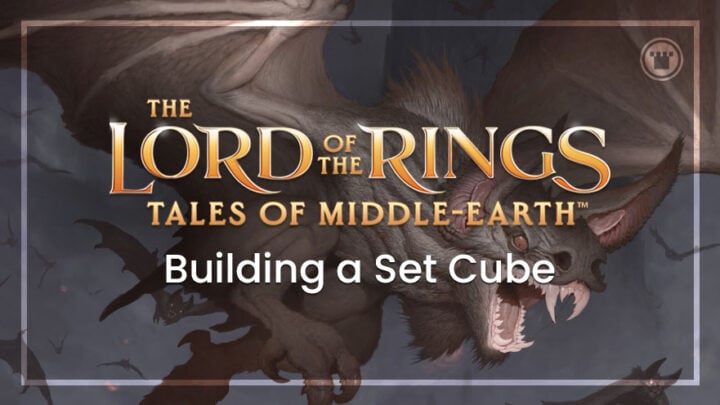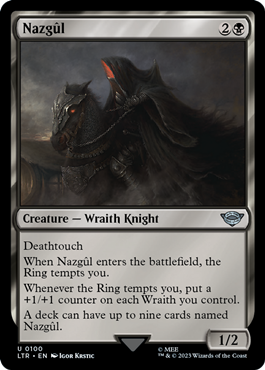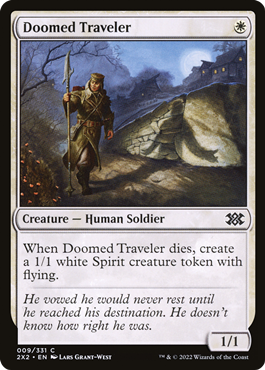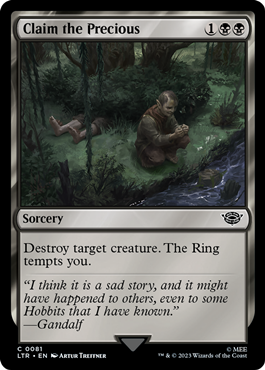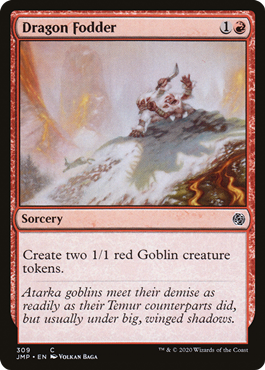Considering how great The Lord of the Rings: Tales of Middle-earth turned out, you’re likely ready to draft this set “There and Back Again” once you reach the Undying Lands. To do this, the most organic and cost-effective approach may well be to build an LTR set Cube.
In case you haven’t heard of a Cube before, it’s a draft set you build with cards in your collection, customizing however you like. If you want to simulate the set’s retail-draft experience, Prof has a concise video on how to build a set Cube to do just that.
But if you want to have your Lembas and eat it, too, you may want to grow the Limited environment’s card pool and keep it singleton (barring those wicked Nazgûl, of course). A cube, after all, is a space in which to flex your Magic set-design skills.
A few fun challenges arise when you extrapolate a set cube to include cards outside of its retail-draft environment. I’ve been stewarding my Ortega Legends — Commander Cube since Commander Legends dropped, and I feel like I’m now getting the hang of how to add to/cut from it to achieve my Cube goals.
Card Kingdom has a few articles about Cube with its curated Starter Cube, “How to Build a Cube,” “Building a Budget Cube” and even suggestions of adding synergetic cards for “Building a Cube with Double Masters.” A lot of the Cube-building savvy, however, comes with close investigations of how any given card will crescendo your Cube’s multivalent draft archetypes and textures within its color(s).
So that’s our exercise for this article. We’ll run through some quality-of-life suggestions and then get our hands dirty with one color to experiment with building out an LTR set cube. We’ll also look to uphold the flavor of Middle-earth with our additions.
Once we teach you how to fry these fishes, you should be able to boil, mash and stick taters in a Cube stew all on your own!
A Cubic Quality of Life
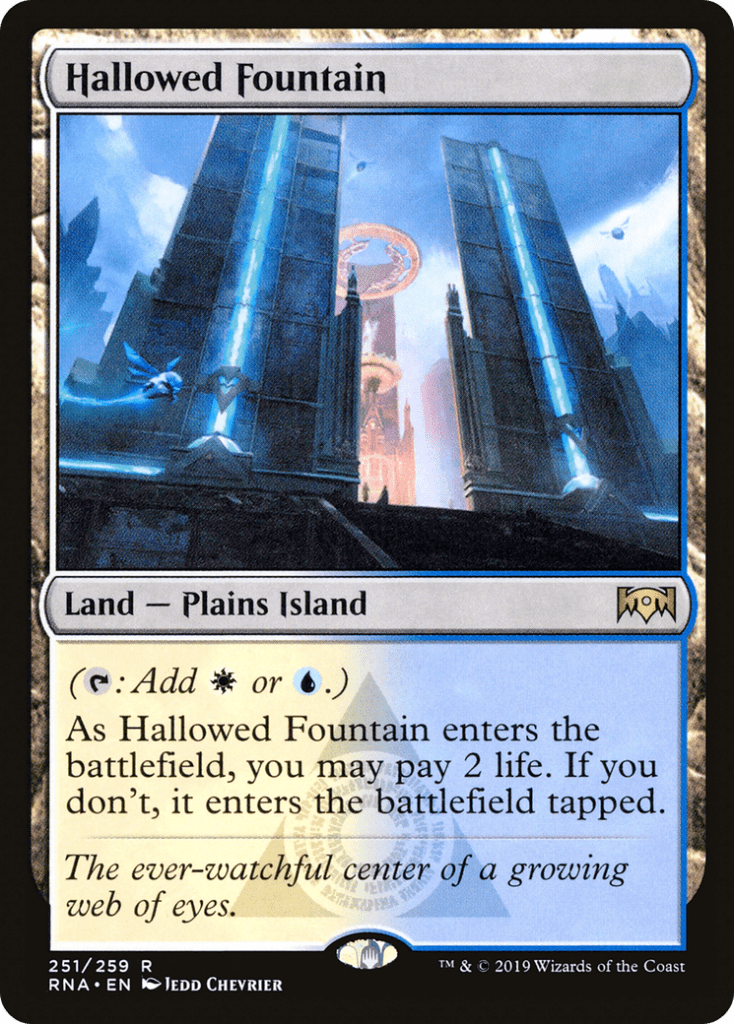
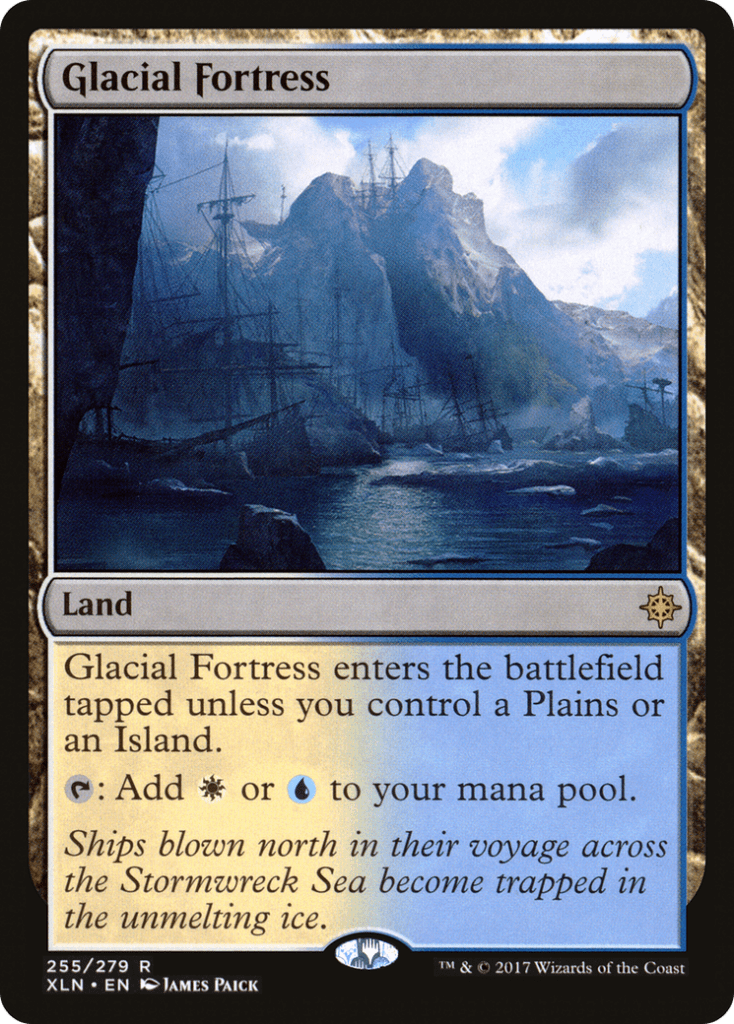
The number-one rule of designing your Cube should always be: “Include the cards you want because you think they’ll be fun.” Take these bits of setup as you will. At the same time, they’re heralded as good Cube starting points for a reason.
Generally speaking, the baseline number of cards in a Cube is 360. While Cubes with less cards abound, this number divides evenly into eight drafters of three 15-card packs each — 3 x 15 x 8 = 360. In building out your own LTR set Cube, you don’t have to stop exactly at 360 cards — if you go over, there will just be a couple cards left out of the draft, which may also be a tool you could play with to vary the overall Limited experience between drafts.
The Modern-legal LTR retail-draft set clocks in at 261 cards with basic lands removed. Hence, we’re shooting to add around 99 cards.
While this number may seem daunting, the saving grace is that Cubes thrive with ample fixing, which means we’ll want to add two to three cycles of dual lands. For simplicity’s sake, we’ll say we’re adding three, which adds up to 30 dual lands and reduces the amount of other cards we’ll need to 69.
In keeping with the Middle-earth flavor, I advocate for Shock and Check Lands. Their card names pretty much stick to starkly geographical (albeit beautiful) nomenclature, don’t brandish the MTG Multiverse’s proper names and could plausibly appear within the landscape of Middle-earth. From there, depending on your budget and/or relationship with proxying, try out/swap in the DMU Fetchable Tapped Lands, Gain Lands, Fetch Lands and O.G. Duals.
Divide by Five
From here, let’s get the remaining number of cards we’ll add to something divisible by five, since we’ll want to add an equal amount of cards per each of Magic’s five colors. While you can totally add gold cards that support this Cube’s archetypes, conventional draft wisdom often sees players begin to dip their toes in one color first before leaning into a color pair once an open signpost uncommon rolls around.
If your Cube is singleton, moreover, there won’t be multiple monocolor cards. Ensuring that any one color has support across different players’ decks will allow multiple drafters to access and build effectively with open colors.
Again, feel free to balance your cube however you want, color-wise — you can even choose to have one color have more cards than others. And if you choose to add less cards per color but maybe you want to beef up your Cube’s artifacts, you can add colorless cards in multiples of five and still add an equal amount of cards to each color. For this Cube-building fundamentals exercise, though, we’ll both keep the color count even and focus solely on monocolor-specific additions.
Possibly because Aragorn is stacked in all his permutations, White has one less color in the draft set than the others — 37 to their 38. A quick addition of Doomed Traveler or Raise the Alarm, for example, evens it up. Either card reinforces token and/or go-wide strategies and keeps it to one to two mana (more on this in the next section). This means we now need to add 68 more cards.
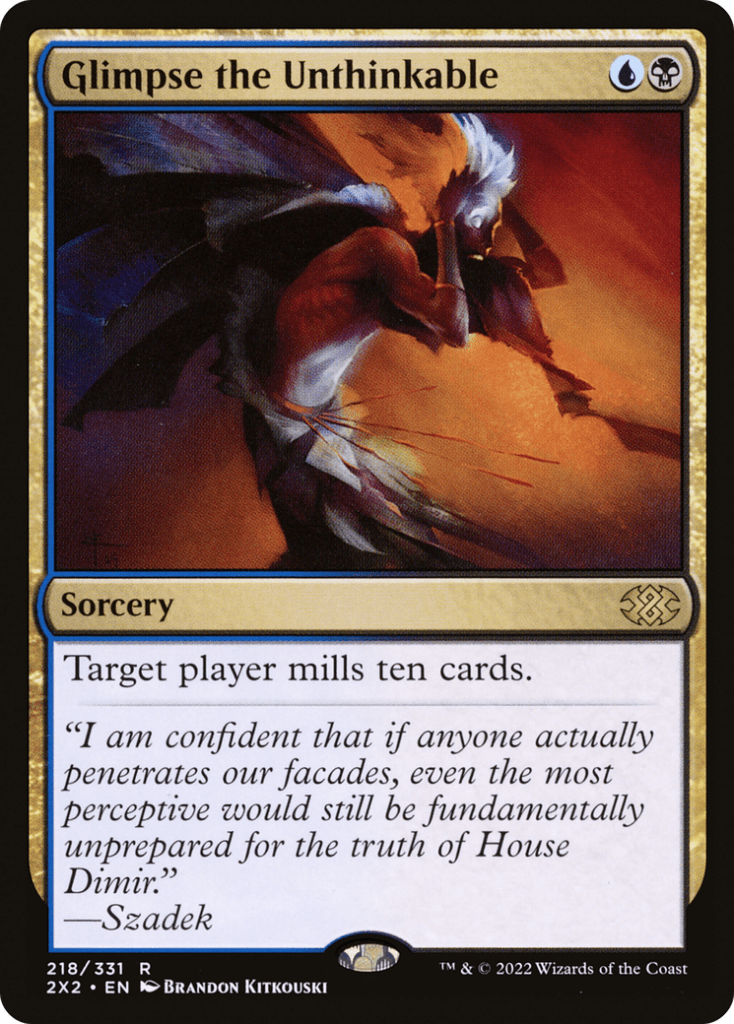
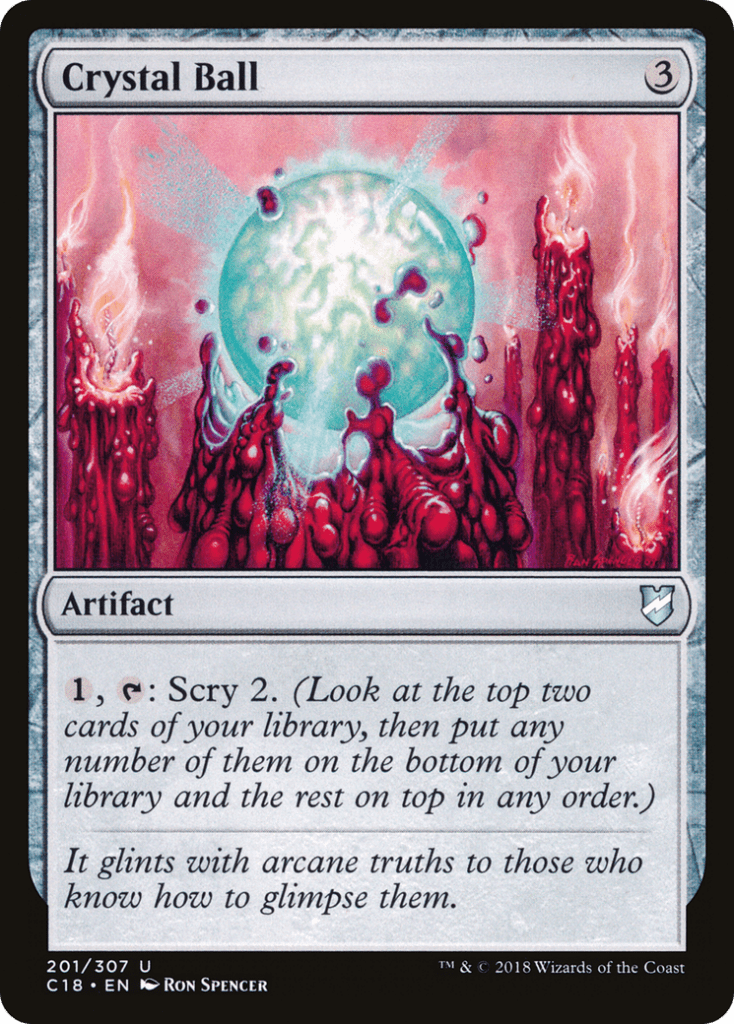
Notice that black/red (due to Mount Doom), white/green and white/black have five cards each, whereas each other two-color combination has four. We’ll assume you’ll add a card to each of the remaining seven color pairs later. Since I’m going to focus on a one-color slice of the cube below, I’ll give you a color-pair freebie. Consider adding Glimpse the Unthinkable to blue/black — evocative of a palantír’s harrowing scenes in its own right — in support of the set’s mill archetype.
Since 68 – 7 = 61, that’s the number of remaining cards we need to curate into the Cube. It’s almost divisible by five. Let’s throw a Crystal Ball into artifacts. It’s the literal definition of a palantír, so we’re still on theme. More importantly, it also supports the set’s Scry theme.
We now have 60 cards to add, 12 per color, since 60 ÷ 5 = 12. I also realize that Esper, Grixis and Non-Black all have card representation, whereas other three and four color combinations don’t, but we’re just going to let that be a beautiful imperfection indicative of the fraught power imbalances of Middle-earth.
Baseline Cube-Addition Goals
As we move into updating a single color, we want to ask questions like how can we pack in more removal, how can we support our archetypes, are there enough creatures and how can we keep the Cube’s curve low?
Players often vie for multiple copies of bread-and-butter removal in a retail draft — and someone may be lucky enough to snag multiple copies of Claim the Precious in that context. But if you opt for a traditionally singleton Cube design, there will be only one copy of any given removal card.
Adding in more interaction is important, lest you want your Cube’s gameplay to get mired in combat time and again. In doing so, seek out opportunities for your removal to synergize with the Cube’s archetypes. It won’t happen all the time, but when it does, you effectively keep a color’s open slots flexible and make any given card all the more impactful.
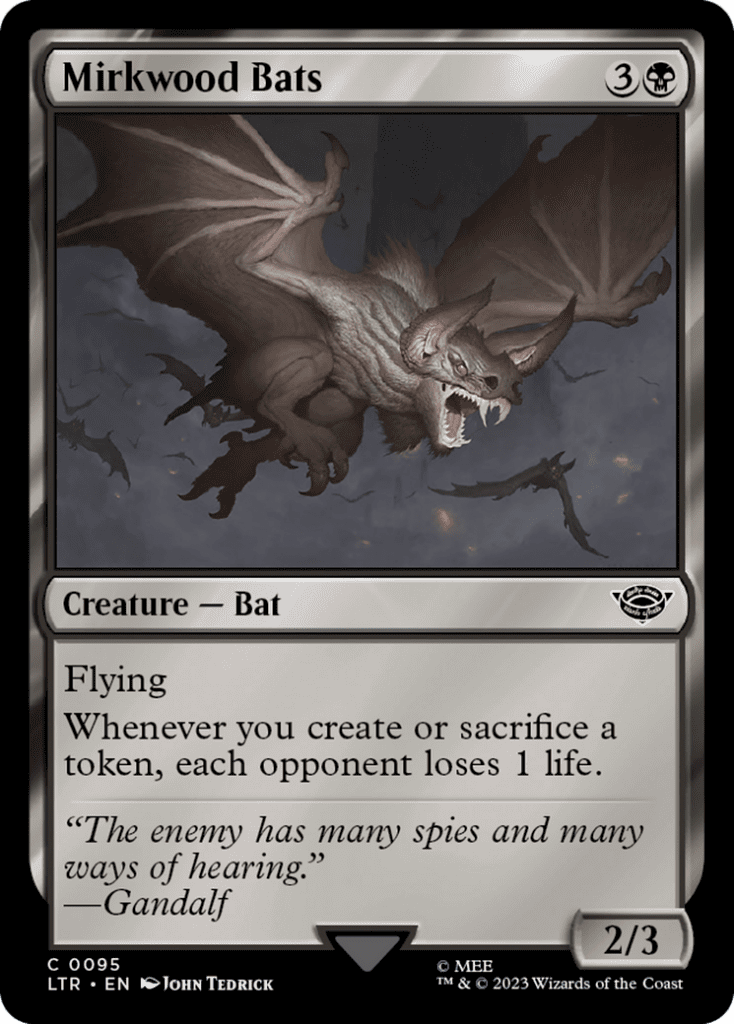
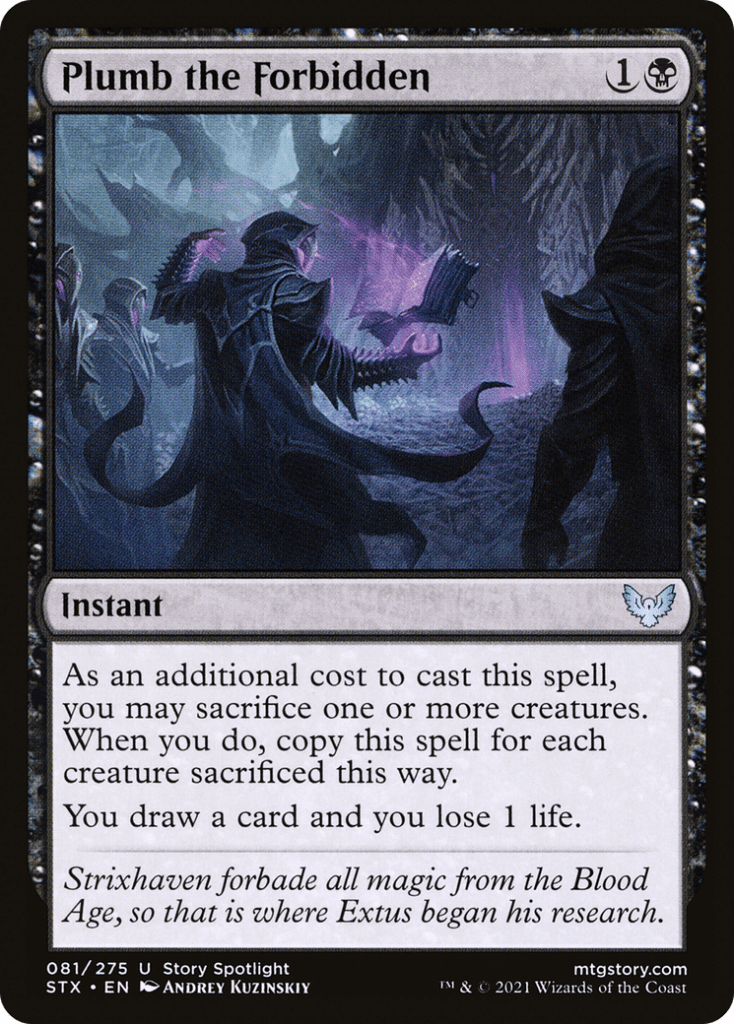
Supporting the Cube’s archetypes seems like a no-brainer, but it bears repeating. When you do, you create the opportunity to build in synergies that can be straight-up gas. If you have Mirkwood Bats out, for instance, sacrificing an Orc Army and/or Spirit token to Plumb the Forbidden is going to feel pretty sweet as you edge your opponent’s life total down with yours, all while gaining card advantage.
By and large, creatures are usually the bedrock of a Limited environment. While there are certainly Cubes devoid of creature cards and that rely on spells to make them, LTR simply already has them — plus the core mechanic of The Ring tempting you pretty much solidifies that we just want creatures.
Thing is, as we add to this set Cube, the ratio of creatures to our total card count will also go down unless we add creatures in as well. As we strike an overall balance through this crucial card type, we’ll aim to fold them in with an eye toward removal and archetype support.
LTR’s average mana value is more than three per color. Cubes built from the ground up often see lower curves — e.g., The Pauper Cube. Keeping a color’s curve low translates to funner, versatile decks for 1v1 drafters who likely want to kickstart their deck’s game plan rather than take more than their first turn off, if at all. Overall, having our card additions err toward two or less mana will enable us to streamline gameplay.
One Color to Instruct Them All
Because I’ve left red out thus far, I’ll also mention that Dragon Fodder seems like a good addition, since it straddles both the set’s spells-matter and goblins-matter themes. But now we’ll focus on Green. Just as we’ve broken the whole set down into achievable, bite-size pieces, we’ll continue along the same line of thinking.
We have 12 green slots open. Serendipitously, green shares a color pair with four other colors, and 12 ÷ 4 = 3. This means we have four green cornerstones to fill, three cards each. Each cornerstone indicates the roles we want to fill as we strive for a balanced spread of archetype proliferation across Green.
It also doesn’t hurt that The Lord of the Rings Commander decks also include cards that aren’t in the retail-draft set. With Halflings being a relatively new creature type, we can choose from the Commander decks as well.
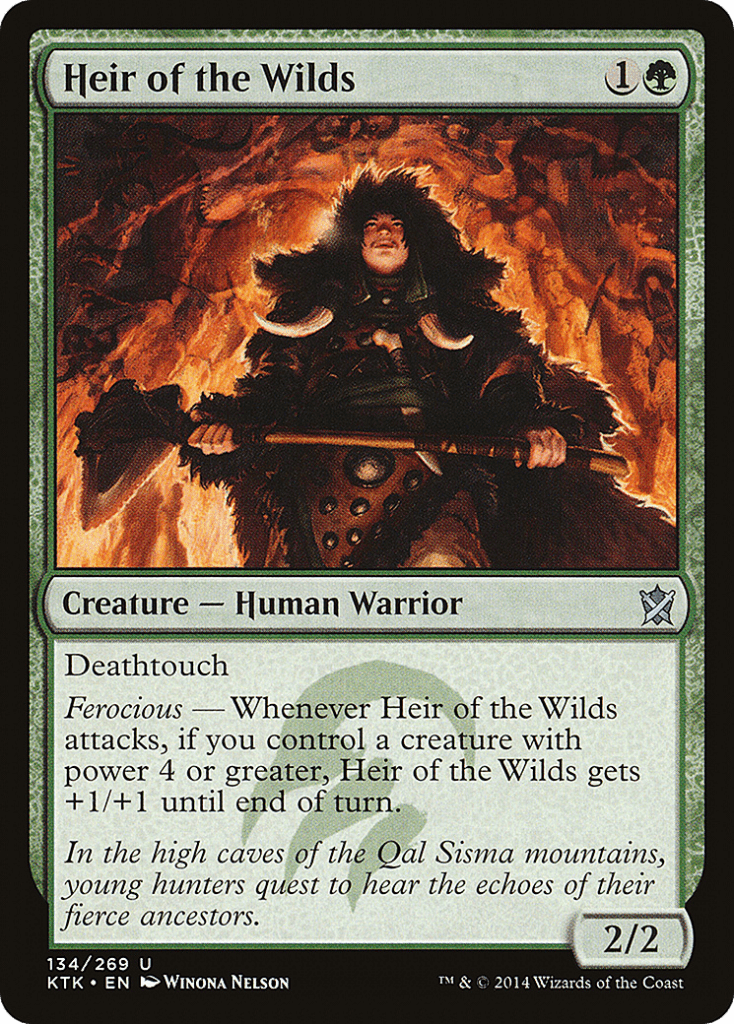
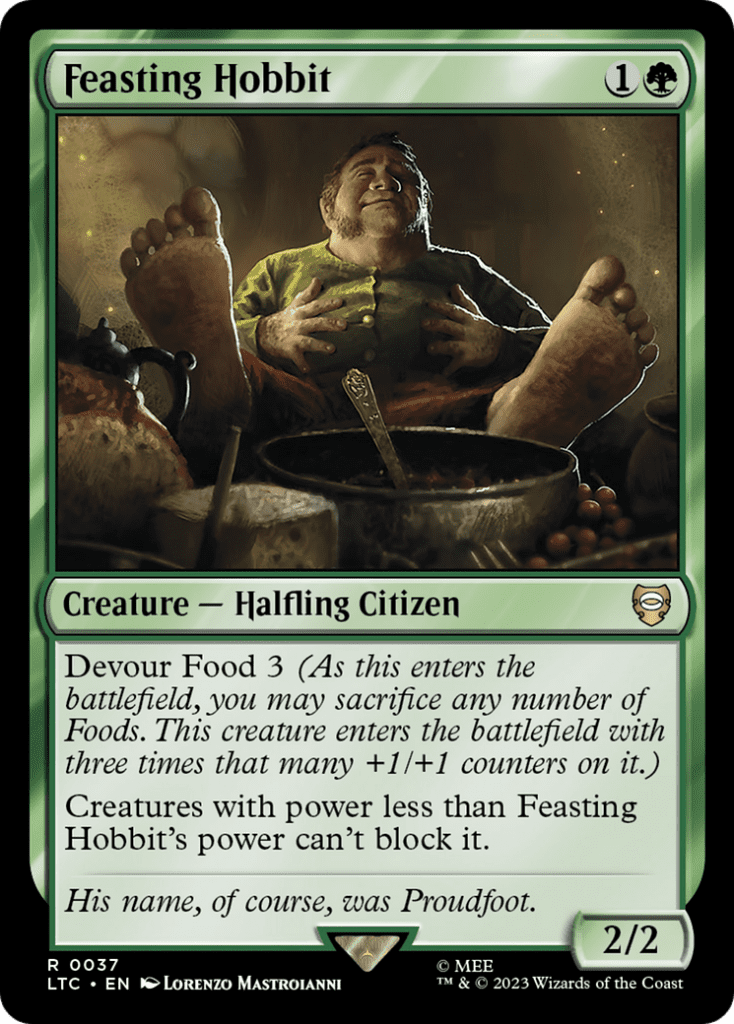
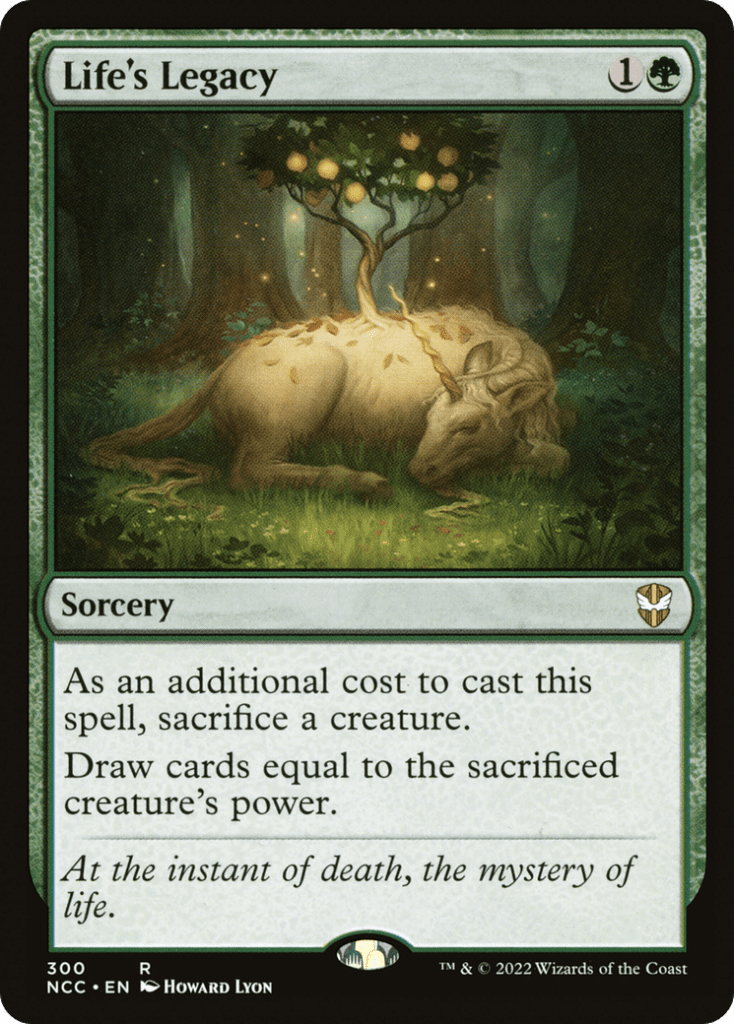
In the list below, cross-reference the archetype with each individual card’s role. Here’s what I’m thinking:
- Green/red is power four-plus matters: Heir of the Wilds, Hunter’s Insight, Savage Punch
- Green/white is hobbits/halflings and food: Feasting Hobbit, Insatiable Appetite, Prosperous Inkeeper
- Green/black is sacrifice and food matters: Life’s Legacy, Pelt Collector, Wicked Wolf
- Green/blue is elves and scrying matters: Elvish Warmaster, Ferocious Charge, Imperious Perfect
Honorable mentions include Llanowar Empath and Maraleaf Rider. Because they include other MTG Multiverse proper names, though, I couldn’t justify them for our purposes here. But if you don’t care, jam ’em in there.
Green/red additions blatantly benefit from having four power on the board, both threatening with creature combat and capitalizing off of dealing damage. Green/white throws in a couple more Halflings and some food-based removal, as per the color pair’s theme.
In green/black, Life’s Legacy feeds on orcs dying; Pelt Collector (an elf, to boot) grows through creatures and their deaths; and Wicked Wolf’s food-sac outlet triggers Mirkwood Bats. Meanwhile, LTR’s intrinsic elf count is surprisingly low, so green/blue’s elf updates help you make even more, with Ferocious Charge weaving together a fight-based removal tactic with Scrying.
With these card ideas, Green removal spells align with green’s color identity à la combat tricks and fight spells. But if you want to include Beast Within, that’s your call. Most of my inclusions are one to two mana, though a few three-plus mana value spells made it in there. The one to two drops will nonetheless help Green’s curve trend lower.
End step
With all that the LotR Commander decks have to offer (and, really, any and all Magic cards) this primer just scratches the surface. Next on the docket would be to fill out each other color (48 cards) and the remaining color pairs.
Then you might troubleshoot how many Nazgûl you’ll include. Will you include all nine plus three removal spells (9 + 3 = 12) or even more of the wraiths in order to support multiple players drafting them? This building phase will query whether black will have more cards than the rest, whether you’ll even each color out or if you’ll try out a different school of thought altogether.
But don’t tinker for too long — you’ll never really know what your Cube’s like until you bust it out and play it. You can always adjust later.
How do you approach building set Cubes or Cubing in general? Let me know on Twitter and Instagram!

Alexander is an MTG graveyard kid with degenerate aspirations. When he’s not playing Commander, cubing, drafting or squeezing in a Pioneer or Modern match here and there, he might be found writing fiction or playing in his punk band, Filth Lords. Besides Magic, he’s also a freelance A&E journalist

